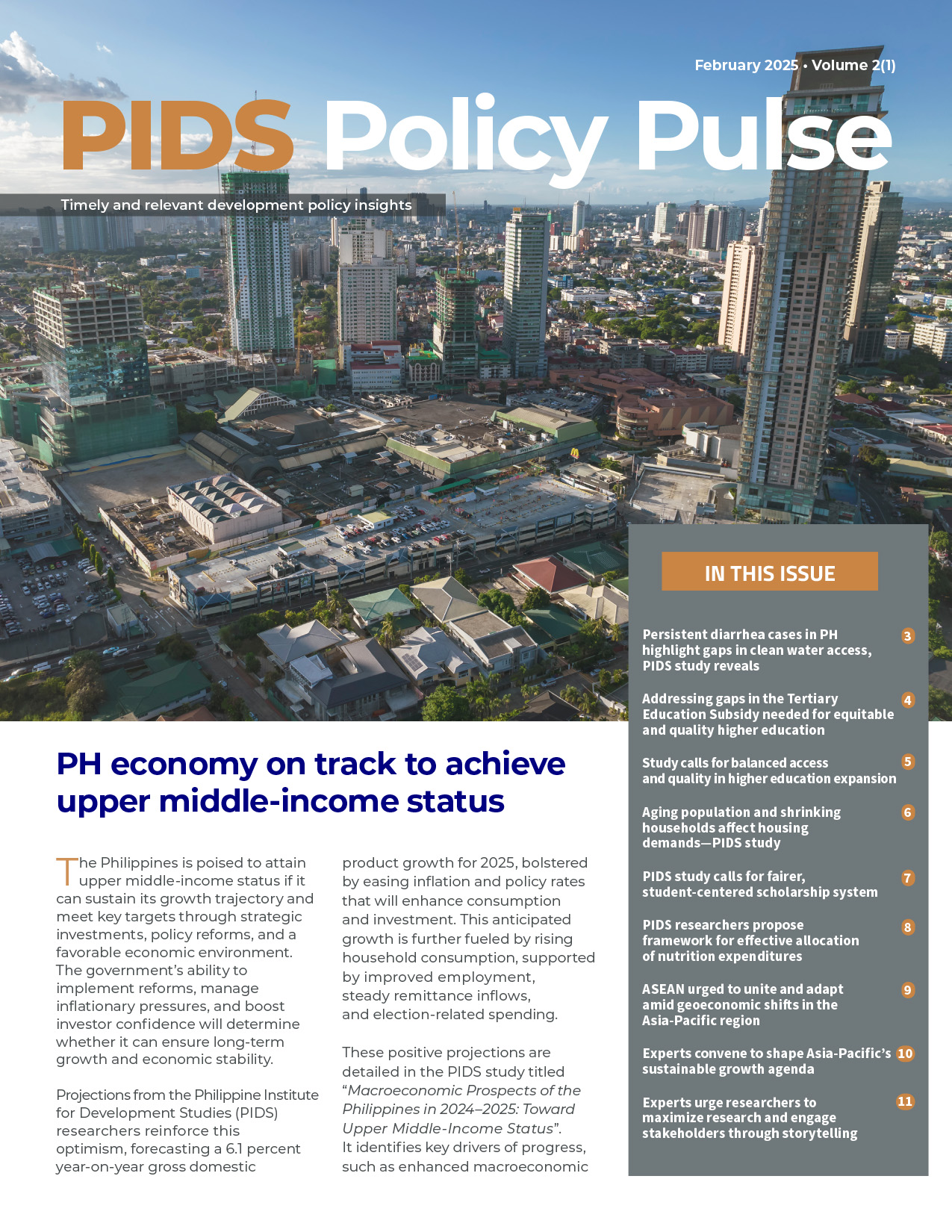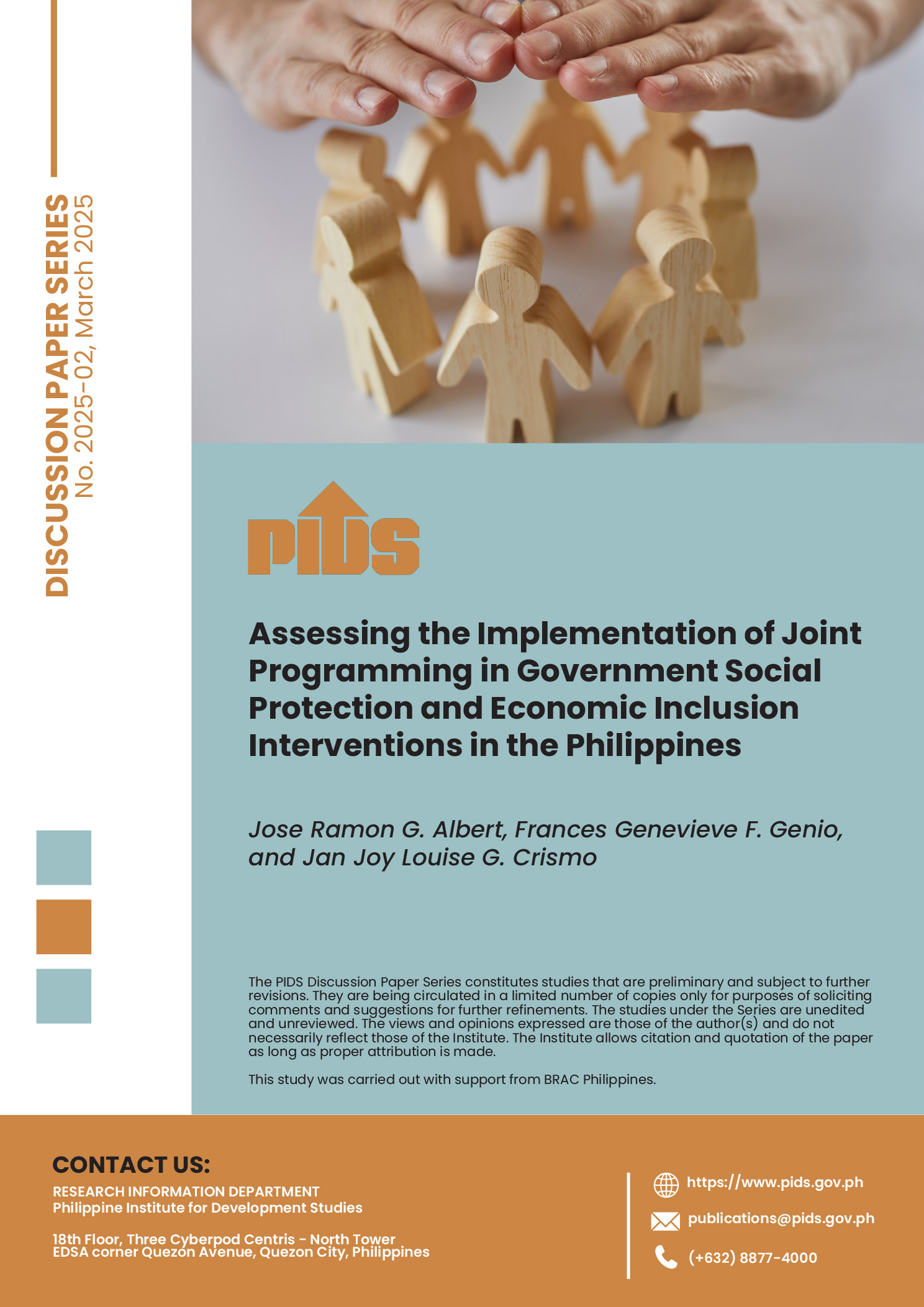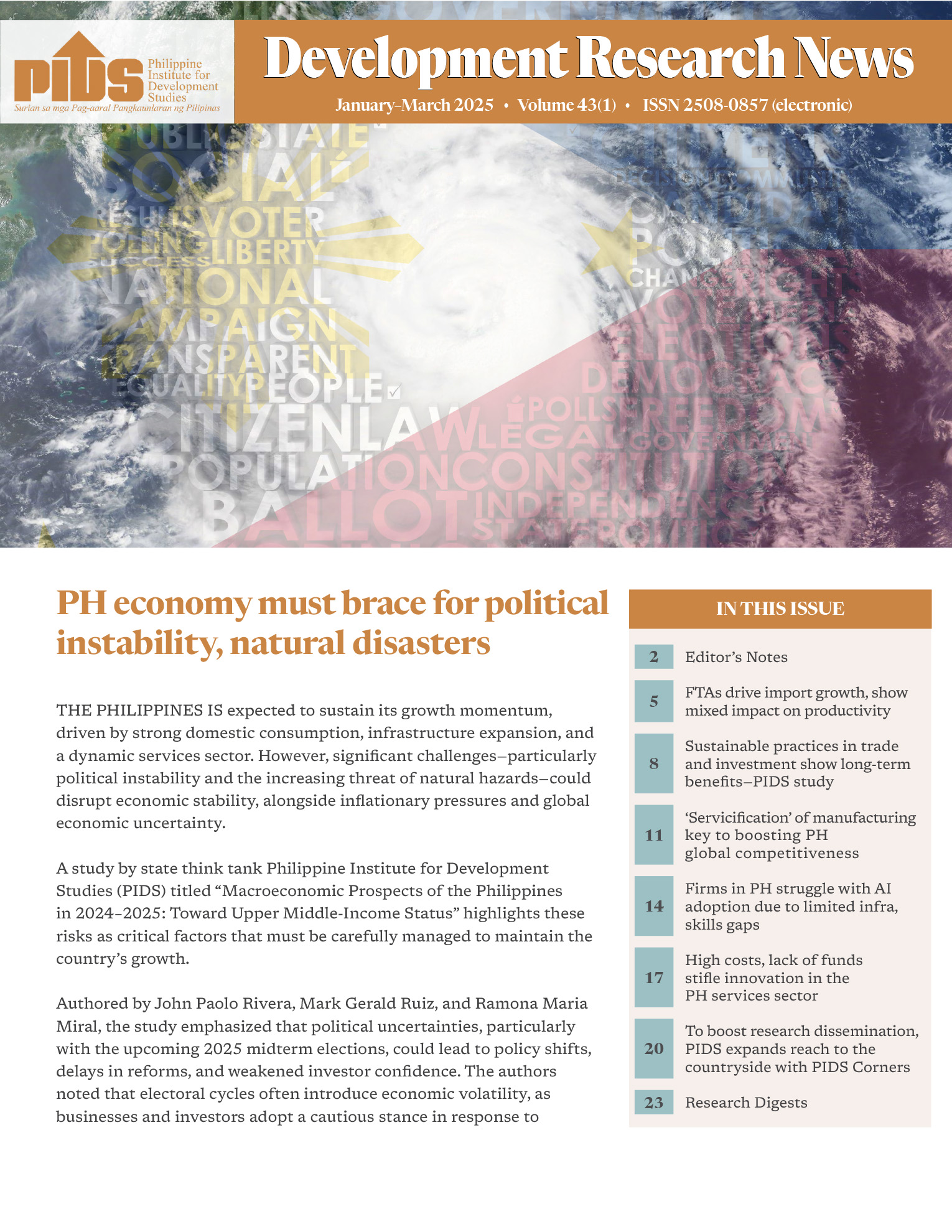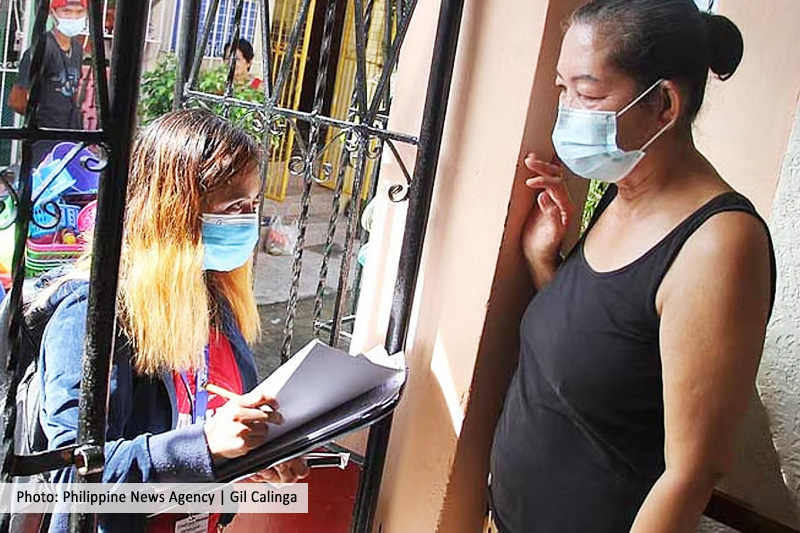With the consultative committee (Con-com) on pace to meet its target of submitting to President Duterte the draft federal constitution before his State of the Nation Address (Sona), coupled with the enthusiasm of legislators to push through with the Charter-change initiative, the Chief Executive is now getting closer to fulfilling one of his campaign promise—the Philippines’s shift to federalism.
But just how much will this change cost the taxpayers? Con-com Chairman and former Chief Justice Reynato S. Puno told the BusinessMirror this change would be generally cost-effective because of the devolution of the functions of the national government to the regional governments.
“For example, education, you devolved it to regions. Then you will have less people in the head office of your Department of Education,” Puno said.
He noted that if the regions eventually progressed, Metro Manila would be decongested and people will no longer need to go to Manila to seek livelihood and transact with government institutions.
Puno explained that under the present unitary form of government, the national budget is just being distributed to respective regions. “Now, [with federalism], the power to raise revenues would be transferred to constituent regions.”
The Con-com, he said, already requested various agencies to provide them with the vital economic and fiscal data that they can use to determine the structure of constituent units and the functions to be assigned to the federal and the regional governments.
Asked if the funding for the transition to federalism should be included in the 2019 national budget already, Puno said it should be.
But Budget Secretary Benjamin E. Diokno thinks otherwise.
“No, we’re operating as if we are still unitary because this [shift to federalism] will not happen immediately. For example, most likely this [new Charter] will be ratified on 2019, it will take effect [probably] in 2022,” Diokno said in an interview. Duterte repeatedly said that he will step down when his term ends in 2022, and that he is even willing to cut his term short once a federal constitution is adopted earlier in his term.
“[Y]ou need this to be ratified, and there is still no proposal yet. That has to be approved by Congress, then to be submitted for referendum. It is not as if we could just say yes today and then change the Constitution tomorrow. There has to be a transition,” Diokno pointed out.
Asked if the shift would be costly or not, Diokno answered: “No.”
“You have to take a long view. Of course, there will be initial cost. Some people will probably get separated; that is an initial cost. But, in the long run, it might turn out to be lower, since we will have slimmer government,” he said.
Diokno added they already had a budget call for 2019 budget, and they are planning to submit the President’s budget to Congress before the Chief Executive’s Sona on July 23.
Rosario G. Manasan, senior research fellow at the Philippine Institute for Development Studies, estimated that the government would need to spend an additional P44 billion to P72 billion a year to shift to federalism.
“That is the additional bureaucratic costs, meaning the salaries of the governors, vice governors of regions, salaries of regional legislators because there is another level of government that is not existing now, so it is additional, additional legislators, increase in the number of federal level Senate and, of course, each of those offices have additional staff,” Manasan said.
Manasan earlier revealed these figures during a Senate hearing on Charter change.
The number of senators to be elected per region and number of regions are still to be determined by the Con-com.
But Manasan said she used the federal-constitution proposals from the House of Representatives and PDP-Laban Federalism Institute as bases. Since the PDP-Laban did not specify the number of regions, Manasan said she assumed that there will be 17 regions. But for the House, or the De Vera-Gonzales model, she used 18 as stated in the proposal.
Manasan said the additional bureaucratic cost of P44 billion to P72 billion is just a conservative figure, as this did not include the regional operations of the departments that will prospectively be devolved.
“For instance, education,the Department of Education [DepEd] has regional offices. It will just be devolved so the cost will be transferred from national to regional government, so I didn’t consider that as additional cost,” she said.
But Manasan also doubted that the cost would decrease significantly because—what federalism advocates are saying—there will be a fewer number of offices, and employees under the jurisdiction of the national government as the country is shifting to federalism.
“Most of the agencies will still retain the central office because that is the standard setting,” she said. For example, the DepEd, who will take care of the curriculum? That is not curriculum determined by the regional level.”
Even if there were fewer number of regions, Manasan still doubts that there will be a significant decrease in the cost she computed.
Asked if this additional cost could affect some government projects, Manasan agreed.
“No free lunch. I think, whether they say Build, Build, Build will suffer [or] will they get the fund there or they will reduce other allocations to, say, education, say, to social services, to health,” she said.
Although she believed that the shift would come at a cost, she acknowledged that there are benefits, such as addressing the wide disparity among regions in terms of economic development by empowering them.
Over the years, economic activities have been largely concentrated In the National Capital Region, accounting for 36 percent of the country’s total GDP. Combined with nearby Central Luzon (9 percent) and Calabarzon (Cavite, Laguna, Batangas, Rizal and Quezon) (17 percent), the three Luzon regions account for 62 percent of total GDP. Fourteen regions share in the remaining 38 percent.
She stressed that it is also important that a mechanism is in place to help the poorer regions be more economically capable and viable, especially during the transition.
“What I’m saying is there, are things you should do for the federal system to work. It’s not something that we could just put regional governments, and then it’s already okay,” she said.
But she also cautioned that there are risks while the country is moving toward federalism.
Risks include getting the design of fiscal aspects of federal system right, high likelihood is that the initial model will be changed to reflect the particular interests of the framers of new constitution, whether in a Constituent assembly or constitutional commission and achieving the preconditions for the success of a federal system.
Manasan also suggested that the Local Government Code be amended to strengthen the Regional Development Councils in the meantime that the country is not yet ready for the shift in government.
“Strengthen them so that maybe, after five years or so, they are stronger and more ready for a federal system, and then that’s the time to actually shift. Otherwise, the risks are so big that you cannot change it. It’s hard to change back once you go federal. It’s hard to change since it’s already in the Constitution, then everyone needs to agree with it,” she said.












